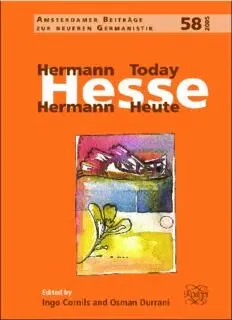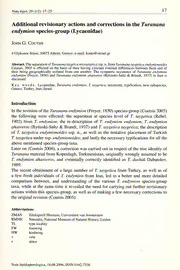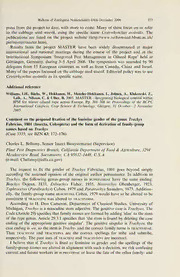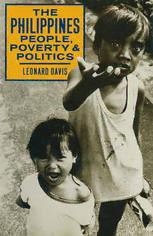
The Philippines People, Poverty and Politics PDF
Preview The Philippines People, Poverty and Politics
THE PHILIPPINES PEOPLE, POVERTY AND POLITICS Also by Leonard Davis RESIDENTIAL CARE: A COMMUNITY RESOURCE SEX AND THE SOCIAL WORKER CARING FOR SECONDARY SCHOOL PUPILS The Philippines People, Poverty and Politics Leonard Davis Principal Lecturer, Department of Social Administration City Polytechnic, Hong Kong Palgrave Macmillan ISBN 978-1-349-07170-8 ISBN 978-1-349-07168-5 (eBook) DOI 10.1007/978-1-349-07168-5 ©Leonard Davis, 1987 Softcover reprint of the hardcover 1st edition 1987 All rights reserved. For information, write: Scholarly & Reference Division, St. Martin's Press, Inc., 175 Fifth Avenue, New York, NY 10010 First published in the United States of America in 1987 ISBN 978-0-312-00412-5 Library of Congress Cataloging-in-Publication Data Davis, Leonard. The Philippines. Bibliography: p. Includes index. 1. Philippines-Politics and government. 2. Philippines-Description and travel-1975- 3. Poor-Philippines. I. Title. DS686.5.D383 1987 959.9'046 86-27990 ISBN 978-0-312-00412-5 To the late Sister Nanette Berentsen, CJP Contents List of Plates IX Preface xi List of Abbreviations xiii Glossary XV Map of the Philippines XX 1 Custom, Practice and Impression 1 2 The Country in Context 30 3 Poverty, Sickness and Disease 63 4 Prostitution 99 5 Persecution and Oppression 125 6 1985: The Child, the Priest and the Crowd 166 7 Resistance and Revolution 180 8 Certainty and Uncertainty 198 9 Postscript 217 Bibliography 221 Index 223 Vll List of Plates Plate I Children of the Philippines Plate II Everyday life (a) Making rice cakes (b) The pump is often the centre of the community Plate III (a) Mantoganoy (b) During the mass wedding at Mantoganoy Plate IV (a) Pedal power in Jolo (b) Mysterious fires often destroy large squatter areas Plate V (a) A farmer's small house made of nipa, near Lake Mainit, Agusan del Norte (b) The Muslim communities are among the poorest. These children are Badjaos, a timid people who build their homes on stilts and flee easily in the face of danger Plate VI (a) Genus Carabao (b) Sister Nanette (second from the right), to whom this book is dedicated, with the author and a group of health professionals Plate VII The memory of Jose Rizallives. The painting depicting his life and death is in the museum at Fort Santiago, Manila Plate VIII (a) The garbage tip in Manila is known as the Smoking Mountain (b) Children and pigs rummage along the river bank Plate IX (a) Dolfs Bunag teaches a health worker to pull teeth, in Kitcharao (b) A leper woman (c) This boy's fat tummy is caused by schistosomiasis Plate X (a) Olongapo, a centre for prostitution (b) Santa Monica, Manila, a centre for child prostitution Plate XI (a) Tribal woman and child. Tribal Filipinos are among the poorest people in the rural communities (b) Attending a bodong, in Bontoc Plate XII (a) Father Brian Gore celebrating mass in prison. He was held on false charges of multiple murder for more than a year (b) Father Pete, the smiling priest (c) A loyal church worker, Albert Garrido Plate XIII (a) A KAPATID poster in the TFDP office, Manila (b) A TFDP poster from Mindanao, where some of the worst atrocities have occurred lX X List of Plates Plate XIV (a) Informers, intelligence, insurgents or innocent bystanders? (b) Prison conditions are very poor Plate XV (a) Father Tullio Favali (b) Cesar Climaco Plate XVI (a) Conrado Balweg (b) Marcos, tested in crisis: posterfor 1986 election Preface It is no easy task to move into another country, another culture, and to make sense of the attitudes, values and experiences of the people that are the result of traditions, origins, history and opportunity. The experience of the individual faced with this mountain of new material - reading, discussion, observation and participation - is unique. It is also selective, relies heavily on the perceptions of others, weighs up opposing views, and emerges as a reflection of the author's own beliefs, values and aspirations. 'Truth' is impossible to establish. The Philippine presidential elections in 1986 made that quite clear. Facts - in the form of statistics, direct observation and personal accounts - remain open to question but are more difficult to refute. In this book - describing poverty, brutality and the determination of the United States-the reader is asked to focus on the implications for the individual citizen and his family, on the quality of their lives, and on the uncertainty of their very existence. The people I have spoken to, the people I have lived with, deserve better than this. Is it possible that Corazon Aquino can introduce sufficient change to prevent a real revolution? I have received considerable support and encouragement on my travels in the Philippines and, above all, friendship. Many people crossed my path just once; others throughout a six-year period. Sometimes, the circumstances have been difficult; always the welcome has been complete. As case illustrations, I have used - as far as possible - those associated with people I have known, people I have met, people I have admired. Some have died but are well known - Nanette Berensten, Cesar Climaco and Tullio Favali- and their memories and achievements live on; others have died almost anonymously, many children among them. In writing this book I have drawn on a number of unmarked documents and unreferenced photocopied articles, circulated in haste to groups of church workers and others. A list of formal references is given in the Bibliography. I am, however, especially grateful to Sophie Dick of Kapatiran-Kaunlaran Foundation Inc., Manila, for permission to use in Chapter 4 some of her information on prostitution, especially in relation to Samar, Leyte and Pagsanjan; to the Komite ng Sambayanang Pilipino (Filipino People's Xl
The list of books you might like

$100m Offers

A Thousand Boy Kisses

As Good as Dead

The Sweetest Oblivion (Made Book 1)
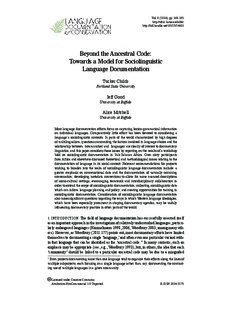
Beyond the Ancestral Code
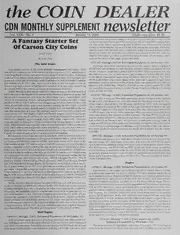
The Coin Dealer Newsletter Monthly Supplement Newsletter: 2006

Sørvik Gravlund
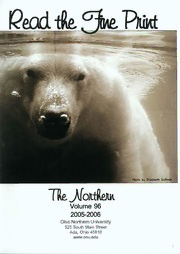
Northern 2006

Installation
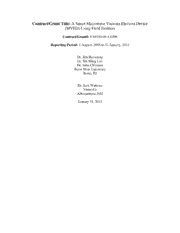
DTIC ADA561944: A Smart Microwave Vacuum Electron Device (MVED) Using Field Emitters
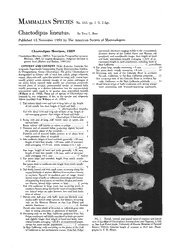
Chaetodipus lineatus
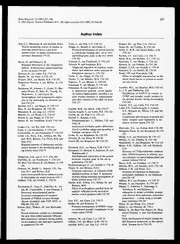
Developmental Brain Research 1993: Vol 74 Index
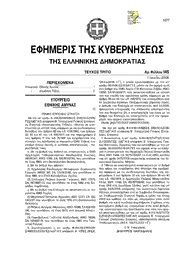
Greek Government Gazette: Part 3, 2006 no. 145
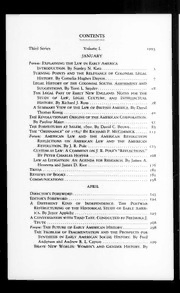
The William and Mary Quarterly 1993: Vol 50 Table of Contents
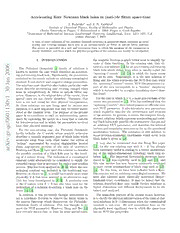
Accelerating Kerr-Newman black holes in (anti-)de Sitter space-time
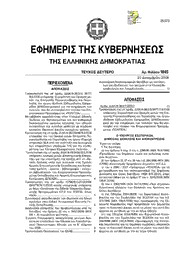
Greek Government Gazette: Part 2, 2006 no. 1845
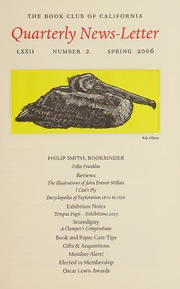
Quarterly News Letter
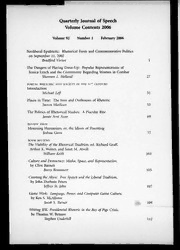
Quarterly Journal of Speech 2006: Vol 92 Index
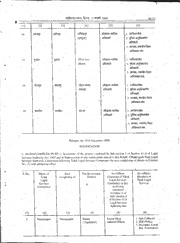
Chhattisgarh Gazette, 2006-01-17, EO Gazette 17, Notice न./844/1206/Sl.SA/Pl/05.-

Gardening Shortcuts
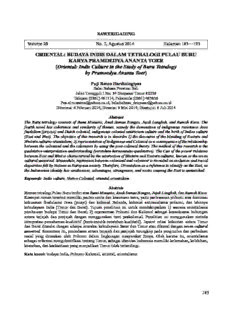
BUDAYA INDIS DALAM TETRALOGI PULAU BURU KARYA PRAMOEDYA ANANTA TOER ...
